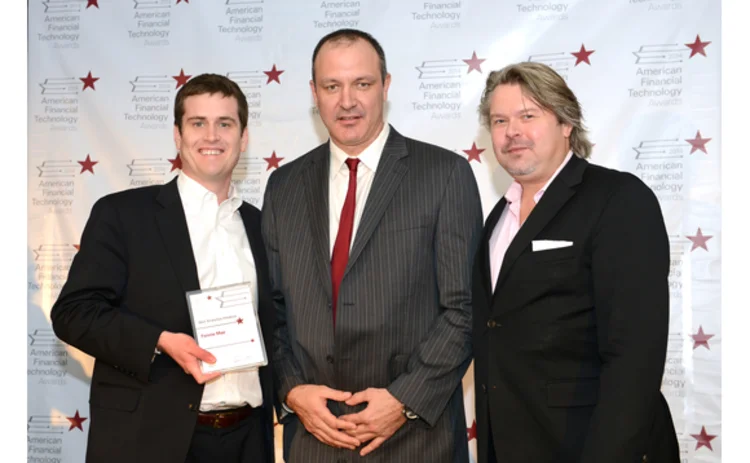AFTAs 2014: Best Analytics Initiative—Fannie Mae

In a tough category that included entrants from Citi, Deutsche Bank, ITG, and Morgan Stanley, Fannie Mae’s Vega Analytics initiative separated itself thanks to its collaboration with IBM and its big-data toolset.
The Vega Analytics initiative was designed to improve the firm’s loan origination and securitization processes in the post-financial crisis marketplace. Because Fannie Mae is the top source of liquidity in the US secondary mortgage market, its decisions about which assets to purchase play a central role in continuing the recovery of the residential housing sector and its future health.
In November 2013, Fannie Mae began the Vega project, the goal being to develop a comprehensive set of analytics tools for collateral valuation and risk management. After examining other providers, the government-sponsored entity selected Hadoop MapReduce technology from IBM.
Fannie Mae was already using Platform Symphony to scale and accelerate its traditional analytics, but tapped IBM’s Platform Symphony Advanced Edition grid software for its big-data analytics platform. The team working on the project released the Vega suite of tools in April 2014. The tools analyze thousands of electronic documents daily, flagging items that need additional review or data. This has helped Fannie Mae to improve its financial risk and fraud analytics capabilities.
Because duplicity can indicate fraudulent activity, the system can identify appraisals with images that are duplicates, or images submitted before in other appraisals.
The team working on the project released the Vega suite of tools in April 2014. The tools analyze over 20,000 electronic documents daily, flagging items that need additional review or data. This has helped Fannie Mae to improve its financial risk and fraud analytics capabilities.
Several major banks have adopted Vega analytics, Fannie Mae says, with more planned in the first quarter of this year. By identifying and removing bad loans prior to securitization, banks can accelerate the process and improve the quality of their assets and hold less capital in reserve, thus helping their trading and loan operations.
In light of its near-collapse, Fannie Mae has aggressively invested in new, innovative tools in order to better handle the swings and changes of a rapidly evolving market. And for its part, the mortgage giant notes that this is a continuing project, so look for additional functionality over the course of 2015.
Only users who have a paid subscription or are part of a corporate subscription are able to print or copy content.
To access these options, along with all other subscription benefits, please contact info@waterstechnology.com or view our subscription options here: https://subscriptions.waterstechnology.com/subscribe
You are currently unable to print this content. Please contact info@waterstechnology.com to find out more.
You are currently unable to copy this content. Please contact info@waterstechnology.com to find out more.
Copyright Infopro Digital Limited. All rights reserved.
As outlined in our terms and conditions, https://www.infopro-digital.com/terms-and-conditions/subscriptions/ (point 2.4), printing is limited to a single copy.
If you would like to purchase additional rights please email info@waterstechnology.com
Copyright Infopro Digital Limited. All rights reserved.
You may share this content using our article tools. As outlined in our terms and conditions, https://www.infopro-digital.com/terms-and-conditions/subscriptions/ (clause 2.4), an Authorised User may only make one copy of the materials for their own personal use. You must also comply with the restrictions in clause 2.5.
If you would like to purchase additional rights please email info@waterstechnology.com
More on Awards & Rankings
AFTAs 2025: Best data provider—Allvue Systems
Product: Private Credit Intelligence
AFTAs 2025: Best IT team—TCW Group
Team: TCW Group’s Investment Technology Team; Project: Engineering Solutions—ABF and insurance launches during Aladdin stabilization
Buy-Side Technology Awards 2025 winner’s interview: 73 Strings
73 Strings’ win in the BST Awards 2025 Best middle-office platform category
AFTAs 2025: Most cutting-edge IT initiative—J.P. Morgan
Project: Vida Beta One
Buy-Side Technology Awards 2025 winner’s interview: S&P Global Market Intelligence
S&P Global Market Intelligence’s success in the first year the Best private markets data provider category has been on offer.
AFTAs 2025: Most innovative third-party technology vendor (operations)—AutoRek
Company name: AutoRek




